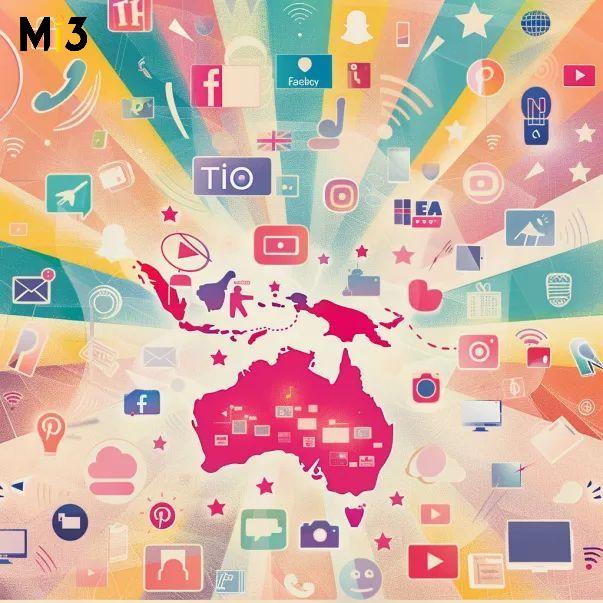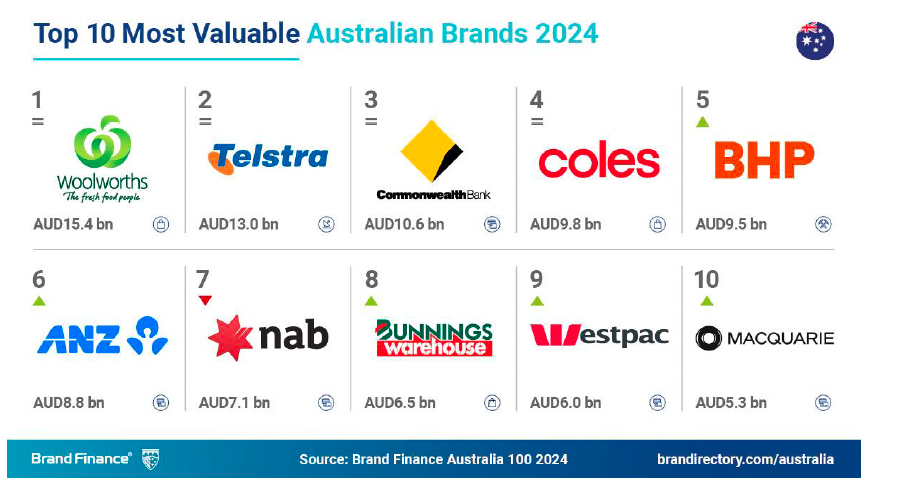Deloitte report reveals drop in engagement on media, enterainment and social platforms, while audio grows

Spend on media and entertainment subscriptions has grown in the last year, despite a fall in consumption according to Deloitte’s 14th annual Media & Entertainment Consumer Insights report.
Surveying over 2,000 Australian media consumers across five generations, the report reveals an overall trend of increased spending on media and entertainment subscriptions, even as overall consumption time declines.
The average Gen Z household now pays out for an avergae 3.7 media and entertainment subscriptions a rise from 3.3 last year and 2.3 in 2021. The households are also paying $101 monthly for their subscriptions, with 98% having at least one paid subscription. Subscription video on demand (SVOD) streaming platforms and music services are driving the growth in subscription volumes.
Despite this increase in spending, Australians are spending less time on screens and scrolling, indicating a shift towards more conscious consumption. “Australians are paying more for entertainment than ever before — but spending less time consuming it. MECI 2025 captures a nation rethinking its relationship with media, technology, and time,” said Peter Corbett, Deloitte Australia Telecommunications, Media and Technology Lead Partner.
The report notes a 24% rise in monthly average digital entertainment spending, from $63 to $78 between 2024 and 2025. However, Australians spent an average of 42 hours and 45 minutes every week engaging with media and entertainment in 2025, a decline of 3.4% from 2024. Audio is the only media category with significant growth in consumption time, accounting for 29% of total digital entertainment consumption.
Corbett stated, “The number of streamers in the Australian market has continued to expand, with the content Australians want to watch increasingly spread over multiple providers. Overall, 65% of respondents feel they need multiple subscriptions in at least one entertainment category.”
The report also highlights a decline in social media consumption by 16%, with Australians spending an average of 5 hours and 20 minutes on social media every week. “To adopt Gen Z parlance, Australians are ‘learning to touch grass’ or disconnect from technology. Time spent engaging with media and entertainment has fallen for a second year in a row as Australians become increasingly choosy about what they consume. Audio is the noticeable exception, with younger Australians spending more time streaming music and podcasts while older Australians still prefer the radio,” Corbett added.
The survey indicates that 36% of Australians say their subscription spending is over budget, and 78% are worried about the total cost of subscriptions. Almost half of consumers express interest in an aggregation service for subscriptions. “What’s driving Australians to switch off or put the phone down isn’t quite clear. It could be a mix of factors, including – after a peak in screen time during COVID, consumers our choosing more ‘in person’ entertainment forms, or changing preferences for the content mix offered across media categories,” Corbett stated.
Concerns about social media’s impact on children are also prevalent, with 64% of parents worried and 67% supporting age restrictions on social media platforms. “What is clear is that parents want stronger rules and regulations governing children’s access to social media as well as greater support from government and industry in the form of education, accessible tools and trustworthy safeguards,” Corbett said.
The report also delves into sports consumption, noting that AFL is Australia’s most-followed sport, with 42% of the population considering themselves fans. “Australia is unquestionably a sports-mad nation. The average sports fan follows four different sports, but one game has emerged as a true national favourite: AFL. However, the code should not rest on its laurels and needs to continually engage young fans because its popularity is virtually neck-and-neck with soccer among Gen Zs and Millennials,” Corbett commented.
Furthermore, 65% of Australians are fans of women’s sports, with men making up the majority of the fanbase in all codes except netball and equestrian. “Australians – and particularly Australian men – are now enthusiastically embracing women’s sport. Overall, tennis leads as the most popular women’s sport even though its fan base is smaller than the AFL’s,” Corbett concluded.





